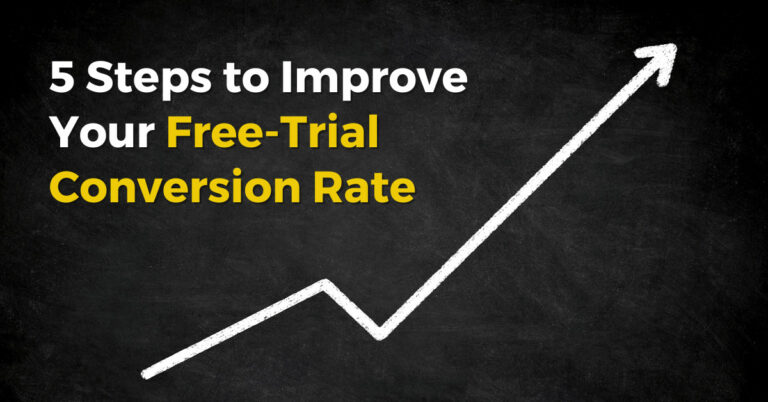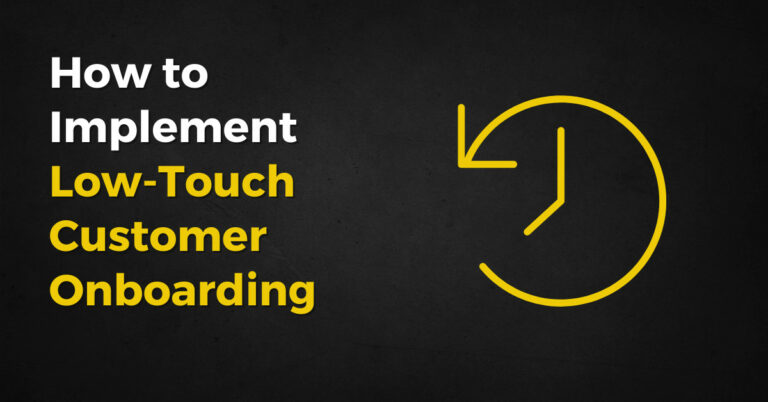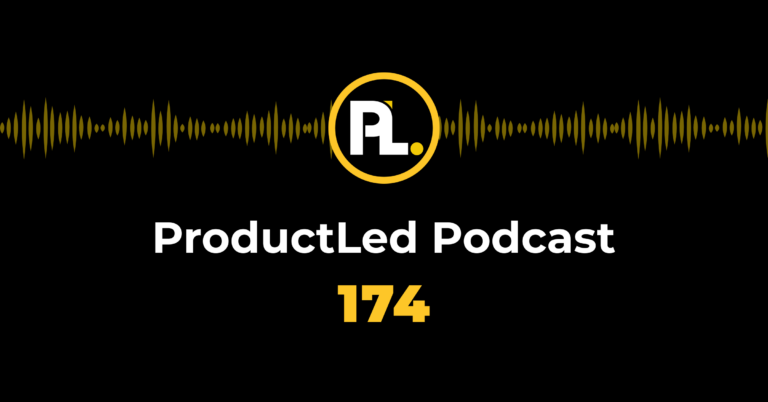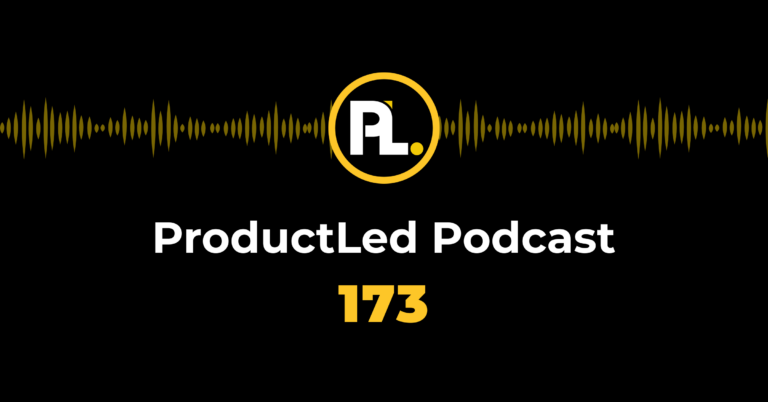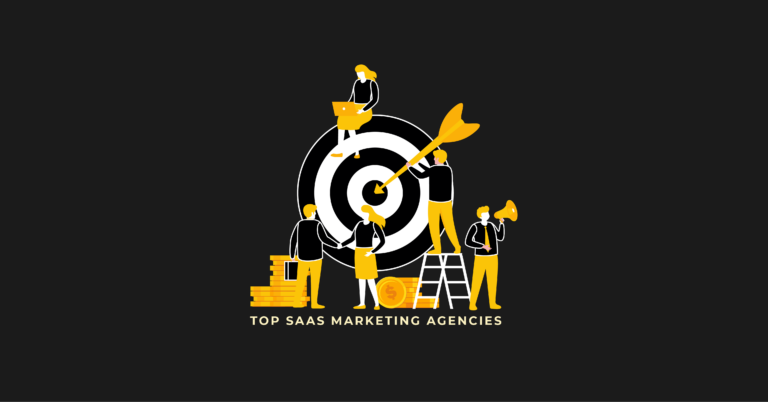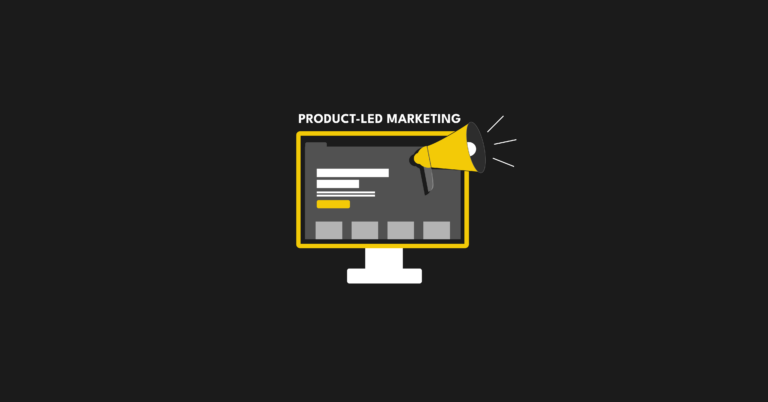“It depends.”
As a founder, you may have noticed those two words are every marketer’s favorite response to many (if not most) complex marketing questions.
They’ve used “it depends” so much over the years that today it sounds like a complete copout.
But in truth, there are plenty of situations where “it depends” is the only right answer to your marketing question.
And we’re dealing with one of such questions today; should you prioritize product-led or BoFu content when executing your content marketing plan?
You guessed right: it depends. And in this article, I’ll share the three major factors “it depends” on (pun intended).
But first, let’s get on the same page with what all these fancy terms mean:
Product-led content: what is it?
Product-led content is any content that gives you the opportunity to contextually showcase your product in action.
Or as Ahrefs' Senior Content Marketer, Si Quan Ong, puts it: "[Product-led content] is done naturally by strategically weaving your product and its use cases into the narrative of your content."
But at the same time, it's not:
- an article, ebook, or video solely about your product.
- a documentation or user manual on how to use your product.
- an explainer video explaining why people should buy your product.
A great example of product-led content is this article on the Asana blog about why it's important to build project maps. Right after the intro and a section on what a project map is, they introduce a CTA button that reads, "Map project outlines with Asana."
The CTA leads readers to a landing page that fully breaks down how Asana helps to create project timelines — with screenshots and GIFs that demonstrate what the product looks like inside.
And then they put the same CTA in about two other areas in the article. That's what product-led content looks like. It's content first, but also product-led. It helps you tell a story about your product just when your target audience wants to consume content that relates to your product — and would consider using it.
BoFu content: what is it?
This one's a bit more straightforward; BoFu (or bottom of the funnel) content is content you create to attract ready-to-buy customers.
Good examples of BoFu content include:
- product comparisons (e.g., Ahrefs vs Semrush)
- customer case studies, (e.g., How Gong Grew Sales Using LinkedIn)
- product alternatives, (e.g., X Alternatives to Asana)
You get the idea: BoFu content helps to answer the questions prospects are asking before they decide to buy.
Isn't "product-led content" just another name for "BoFu content?"
No, it's not.
All BoFu content is product-led, but not all product-led content is BoFu content.
Put another way: A BoFu content piece is always product-led, but a product-led content piece is not always BoFu. In fact, product-led content can be top, middle, or bottom-of-funnel (BoFu) content.
The fundamental difference lies in the intent and purpose of the two types of content.
Product-led content helps to create awareness for your product and drive demand for it; BoFu content’s job is to convert visitors into paying customers—or at least free trial users.
For example, this article from Miro on stakeholder mapping is a product-led content piece, but it's not BoFu:
If anything, it's a ToFu (top of the funnel) type of content.
But as mentioned earlier, it's also a product-led content piece. And that's because:
(1) the topic gives Miro the chance to introduce its product as a solution for stakeholders to collaborate more effectively.
(2) Miro is using the article to not only provide education about stakeholder meetings but also to showcase its product's features (with interactive iframes and screenshots).
So product-led content isn't always the same as BoFu content. Instead, it's just the umbrella term for any content that provides you the opportunity to contextually talk about your product or service.
As I’ve mentioned earlier, the major difference between product-led and BoFu content is intent. The former demonstrates what your product can do in the context of a relevant topic, while the latter blatantly attracts ready-to-buy customers and converts them into paying customers.
Now that we have those definitions out of the way, let's dive into the factors I typically look at when deciding whether to prioritize product-led or BoFu content at Premium Content Shop.
Three Factors to Consider When Prioritizing Product-Led vs BoFu Content
There might be more factors to consider in your situation than what's below, but these are often the main ones to consider:
1. Available resources
The number of resources you have available will determine whether to prioritize product-led over BoFu content or vice versa. It'll also determine whether to prioritize both at the same time.
For instance, if you have a team of at least four writers, one editor, and one designer, you could easily split your four writers into two categories and have each of them focus on creating product-led and BoFu content, respectively.
But if you're a one-person content team, then your resources better be spent on creating BoFu content that's more likely to convert. And after you’ve covered all relevant BoFu topics, you can move resources to focus on product-led content.
2. Product lifecycle stage
What stage is your product in? Are you still pre-launch, trying to get people to sign up for beta access, or are you post-launch, trying to get more paying customers?
Your product’s lifecycle stage will affect which type of content you prioritize:
- Before launch, product-led content is often a better fit for you as it allows you to showcase what your product does and how it will help people when you eventually launch.
- After launch, BoFu content should take precedence as you’re now obviously ready to start driving users for the product.
3. Primary marketing goals
What are your current content marketing goals? Are you trying to increase leads, conversions, or website traffic? Your primary goal(s) will determine which type of content will be more effective for you.
For instance, if your current primary goal is to tackle brand awareness head-on and generate demand for your product, product-led content will usually be more effective for you. And that's because that's its job—demonstrating how your product works.
But if your primary goal is to increase direct conversions from content, then BoFu content is more likely to help you achieve that.
This doesn't mean product-led content doesn't drive conversions. Of course, it does. It just means that BoFu content typically has a higher chance of doing it in shorter time frames than product-led.
Best practices for creating product-led & BoFu content
Let's start with the product-led part.
Product-led content creation
Three simple steps you need here:
1. Find product-related topics with good search volume
Not every topic in your industry will allow you to talk about or showcase your product.
For instance, a CRM software business like HubSpot wouldn't be able to talk about their product in their content with a topic like "how to write an effective press release." Their product has nothing to do with writing press releases.
But if they were to write on a topic like "how to manage customer relationships effectively," then they'd be able to use their product as an example of how it helps customers manage relationships effectively.
Plus, that topic attracts 1,300 searches per month in the US alone—meaning HubSpot gets the opportunity to not only show their CRM product in the article but also drive thousands of organic traffic and conversions.
Bottom line: to publish product-led content that drives long-term results, look for topics that not only allow you to use examples related to your product but also have good search volume.
2. Prioritize content over product
That your content is "product-led" doesn't mean that it's all about the product.
Your readers don't care so much about your product as they do about how your content can help them. They're coming to your content not to buy anything but to get answers to their questions, so you want to make sure you focus on providing them with those first.
And then where it's relevant in your article, showcase your product as an example of how it helps the reader with their problem.
A great example of this is the Miro article I shared earlier. The topic—stakeholder mapping—attracts over 41,000 searches per month, according to Semrush. And the Miro article ranks #1 for it, pulling in an estimated 15,000 visitors per month.
But guess what? Those readers aren't coming to the article to learn about Miro or any other product; they're coming to learn about stakeholder mappings.
Miro’s team gets this, so instead of focusing on their product from the get-go, they provide a comprehensive overview of what stakeholder maps are, why you might need them, and how you can create them.
And after explaining what stakeholder mapping is, Miro goes on to show an example interactive iframe of how their product can help readers with the task.
This way, readers get the content they want first and then come to understand how Miro can help them solve their problem or achieve their goal.
3. Create product-led content with an evergreen focus
If you're not all too familiar with the term, "evergreen content" simply means content that'll remain relevant over time.
For example, let's say you're selling an email marketing tool and you just released a new feature that helps users create automated email sequences.
Instead of just writing about the new feature, you could create a piece of product-led content that focuses on how to create an email newsletter sequence. This type of topic will remain relevant for a long time because there'll almost always be people who're new to email marketing and would need a piece of content like yours.
BoFu content creation
In many (if not most) situations, you need the following three best practices to create BoFu content that works:
1. Focus on topics that attract ready-to-buy customers
Rather than simply creating content on any topic related to your product, focus on topics that target people who are ready to buy.
Think of the type of questions they’re likely to have when they're close to making a purchase decision.
For example, if you're selling a product like Miro, a topic like “what is stakeholder mapping” won't attract ready-to-buy customers as much as a topic about “project mapping software."
Here are a few topic formulas you can use to come up with BoFu content ideas:
- "best/top XX for YY"
- "[product] alternatives for YY"
- "[product] vs. XX for YY"
- "how to do YY with XX"
2. Make conversions easy
It's possible to write a piece of content that targets ready-to-buy customers and yet fails to convert them as well as it should.
And one common reason for this is that you don't make it easy enough for them to convert.
For instance, "request a demo" is often a tougher sell than "see a live demo" — no wonder the most common type of demo is a live demo, according to a data analysis on CXL; 70% of surveyed SaaS businesses preferred it to other types of demo.
The statistic makes sense; people often prefer getting access to value without having to sign up first.
So if you want to convert more customers using BoFu (and even product-led) content, make sure it's easy for visitors to go from "readers" to "buyers."
A good example of this is what HockeyStack is doing; on most of their blog articles, there's a sidebar that briefly explains what the product does and includes a CTA button that links to a live demo."
Once readers click that link, they're able to get a live demo without having to sign up first.
It's understandable if the nature of your business and product requires that you use "request a demo," but the important point here is this: make it as easy as possible for prospects to convert from reading your content.
3. Use screenshots, GIFs, and iframes
It's no secret that visuals can help you convey your message more effectively than words alone.
So use screenshots, diagrams, images, videos, and other types of visuals that help to make your BoFu content believable. The more screenshots and other relevant visuals about your product that you incorporate into your content, the better it is for people to visualize how your product can help them.
Know when to use product-led vs BoFu content
Product-led and BoFu content are hardly new concepts if you've been around in the SaaS world for a while.
But knowing when to use each one can mean the difference between getting the desired results now and having to wait months for them.
Hopefully, this piece has helped to clarify the differences between product-led vs BoFu content and when you should use one over the other.
Now, all that's left is to put it into practice and start creating content that drives conversions. Happy creating! ????

